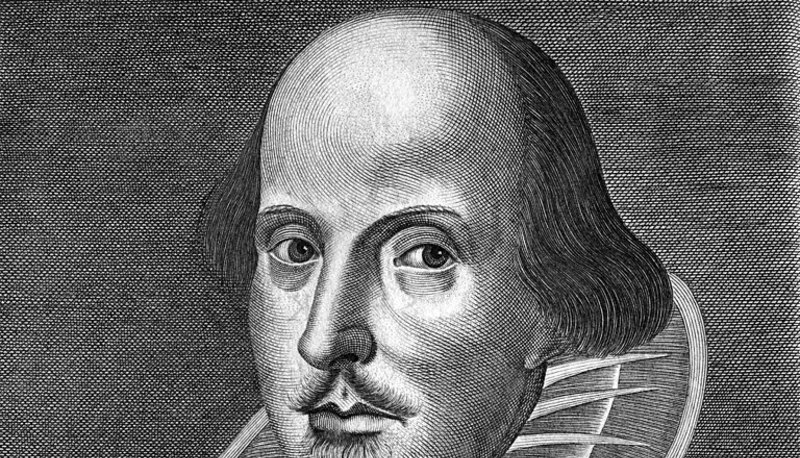Concetti Chiave
- Theatre evolved from religious Miracle and Mystery plays to more secular performances, moving from churches to public spaces due to increasing popularity.
- Trade guilds sponsored plays related to their professions, and allegorical plays featuring personified virtues and vices became prominent.
- Permanent theatres, like "The Theatre" built by James Burbage, emerged outside city walls, leading to famous venues like "The Globe" and "The Rose".
- Elizabethan theatres featured open-air, round or octagonal structures with tiered seating, allowing performances only during favorable weather.
- Shakespeare's works drew from various sources: Plutarch for classical settings, Italian novellas for plays set in Italy, and Holinshed's "The Chronicles" for English historical plays.
Indice
Evoluzione del teatro medievale
Theatre wasn't considered an art, but an entertainment, so the authors didn't publish their works.
Before 1500 there were Miracle and Mystery plays, acted inside the churches on special occasions, which dealt with the lives of saints or representation of the Gospel (Vangelo), and they were accompanied by music, with few characters and a very simple plot, but they were very popular.
Then other secular elements were added: scene, costumes, effects, quarrels…
It was necessary to move them from the church to the square, particularly to the church yard, because they were becoming popular and popular day by day, and they were too much people watching them, but also because some secular elements were introduced.
After sometime the play became mobile and was the stage to move around, not people any more, and companies lived in a wagon travelling countries (pageant).
There were Trade Guilt's (associazione di mestiere), who represented episodes connected with their job (for example the Last Supper sponsored by the baker).
Allegory was the most famous form in the Middle Age and vices (vizio) and virtues, personified, were juxtaposition.  Moral message, but no longer so connected with the Bible.
Moral message, but no longer so connected with the Bible.
Nascita dei teatri permanenti
Go to the theatre became a habit. Theatre companies started to perform in the courtyard (cortile) of the inns (locande), so people could watch from the balcony of their rooms.
And for the first time in 1576 James Burbage decides to built a permanent theatre, outside the city walls because drama was considered guilty: it was called "The theatre".
Then a lot of others were built, for example Shakespeareans one was called "The Globe" (it was burnt down and rebuilt, and again demolished by Puritans and reopened) and "The Rose".
Struttura e funzionamento dei teatri elisabettiani
All the theatres were similar: round or octagonal, with two sets of balconies, without a roof and the stage in the middle of the yard. Performances could be only during the good season from May to September and only in the afternoon for about 2 hours.
The cost of the tickets varied, but however it was cheap and everyone one could afford it. People who stayed up in the yard had to pay less and were called groundlings; people who were on the balcony were repaired by the roof and their tickets cost more; people could also sit on the stage, but the ticket was really expensive. Everybody could look at you and you could even interact with actors.
Attori e scenografia nel teatro elisabettiano
There were no women actresses, so female characters were played but adolescents. Actor could be shareholder (azionisti) of the theatre, they were paid for acting, but also get a share in the profits.
There was no scenery, everything was imagined or narrated by actor (a crown -corona- could be a kingdom).
Costumes were rich, decorated with jewellery, but contemporary. The action was continuous.
Influenze e fonti del teatro shakespeariano
Copyright didn't exist in this period: in fact it was considered a good thing to copy other ideas; Roman theatre influenced Elizabethan one. Especially from Seneca: division in 5 acts, use of monologues, the sanguinary plot.
Some differences from Greek theatre: disappearing of the chorus (coro), lack (mancanza) of unity (time and place is not important), disappearance of the importance of destiny, because the individual is the protagonist of his life and the centre of the Universe (Renaissance).
Shakespearean sources are mainly 3:
1. Plutarch (Greek writer of "The lives") was the source for the plots set in Rome or in Greece (classical plays);
2. For the plays set in Italy (for example Romeo and Juliet) the sources are the Italian short story (novelle) from Italian authors, like Boccaccio, Bandello, Girardi Cinzio.
3. Plays about English history (Macbeth…) are taken from "The chronicles" by Holinshed (similar to Guicciardini).
Domande da interrogazione
- Qual era la percezione del teatro prima del 1500?
- Come si sono evoluti i luoghi delle rappresentazioni teatrali nel tempo?
- Quali erano le caratteristiche principali dei teatri elisabettiani?
- Chi interpretava i ruoli femminili nel teatro elisabettiano?
- Quali erano le principali fonti di ispirazione per le opere di Shakespeare?
Prima del 1500, il teatro non era considerato un'arte ma un intrattenimento, e gli autori non pubblicavano le loro opere.
Le rappresentazioni teatrali si sono spostate dalle chiese alle piazze e ai cortili delle locande, e infine sono stati costruiti teatri permanenti come "The Theatre" e "The Globe".
I teatri elisabettiani erano rotondi o ottagonali, senza tetto, con il palco al centro del cortile, e le rappresentazioni avvenivano solo durante la buona stagione e nel pomeriggio.
Nel teatro elisabettiano, i ruoli femminili erano interpretati da adolescenti maschi poiché non c'erano attrici donne.
Le principali fonti di ispirazione per le opere di Shakespeare erano Plutarco per le trame ambientate a Roma o in Grecia, le novelle italiane per le opere ambientate in Italia, e "The Chronicles" di Holinshed per le opere sulla storia inglese.






 Accedi a tutti gli appunti
Accedi a tutti gli appunti
 Tutor AI: studia meglio e in meno tempo
Tutor AI: studia meglio e in meno tempo